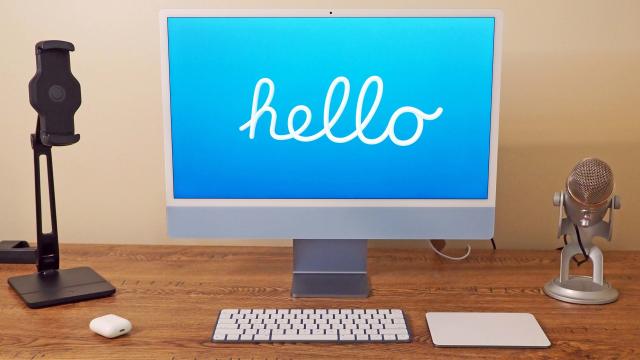macOS Monterey finally has a release date: During Apple Unleashed on Tuesday, the company announced that Monterey — also known as macOS 12 — will be available on Monday, October 25.
We’ve been holding our breath in anticipation of this software update for a while now, and a long beta period has given us plenty of time to reflect on the new features designed to make your life easier and bring your devices into alignment with each other.
As with macOS Big Sur before it, Monterey represents a renewed effort by Apple to streamline its operating systems, with new Focus profiles for limiting notifications and helping you be more productive just like in iOS 15 and iPadOS 15. Shortcuts, Apple’s automation app, is now available on desktop for the first time. Monterey also represents the first time users will be able to AirPlay content from a Mac, a function that iPhone users have long enjoyed. If you’ve already downloaded iOS 15, updating to Monterey just makes sense — these devices are so much more functional when they work seamlessly with each other.
But perhaps the most anticipated feature Monterey is supposed to bring us is Universal Control, which allows you to use a single mouse/trackpad and keyboard to control multiple Macs and iPads simultaneously. While the new feature wasn’t initially included in the public beta rollout of Monterey, that omission has only allowed the hype to grow. It’s unclear when Universal Control will come to macOS, only that it won’t be available to use at launch. FaceTime’s new SharePlay feature, which is also expected to arrive in iOS 15, will also not be ready to try at launch. That feature will allow you to share music or watch shows with folks over FaceTime.
How to download macOS Monterey
1. First, check to see if your Mac is on the list of devices that are compatible with macOS Monterey.
2. Back up your Mac (always a good idea, but especially before installing a big software update).
3. Navigate to System Preferences > Software Update, and once you’ve found macOS Monterey, click Upgrade Now. Settle in — it might take a minute (or several).
Give your computer a reboot, et voila: Monterey is now installed. As with any Apple software, keep in mind that it’s usually best to wait a bit and let some of the bugs make themselves apparent before you update. There might be some apps that don’t play nice with the upgrade, although a lengthy beta period should’ve worked out most bugs.
